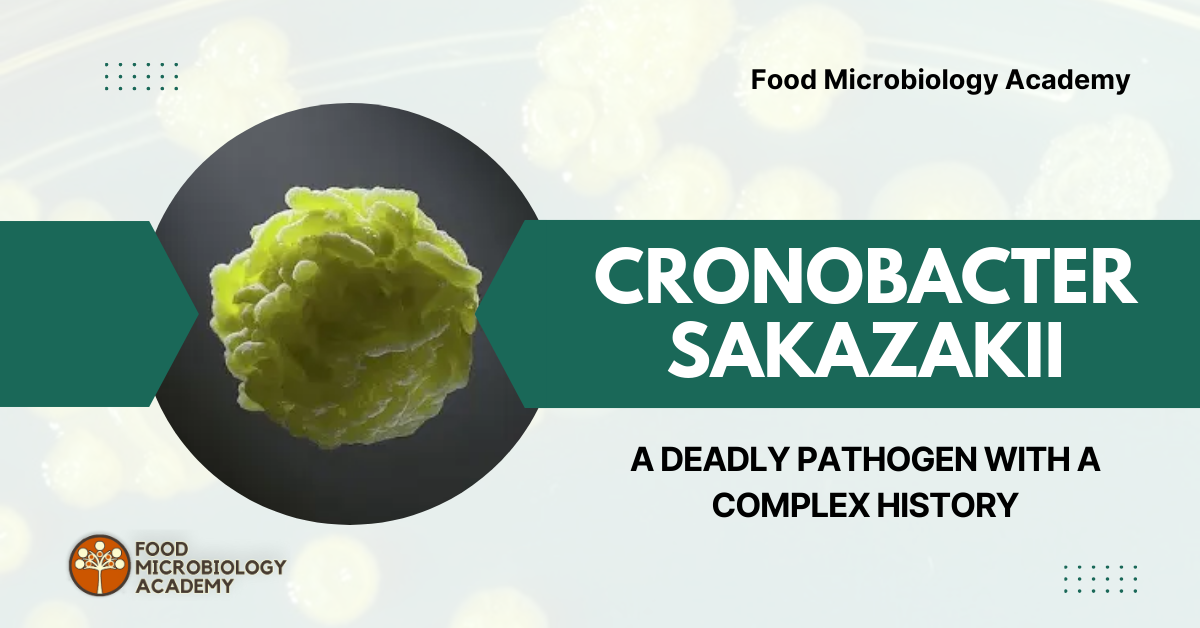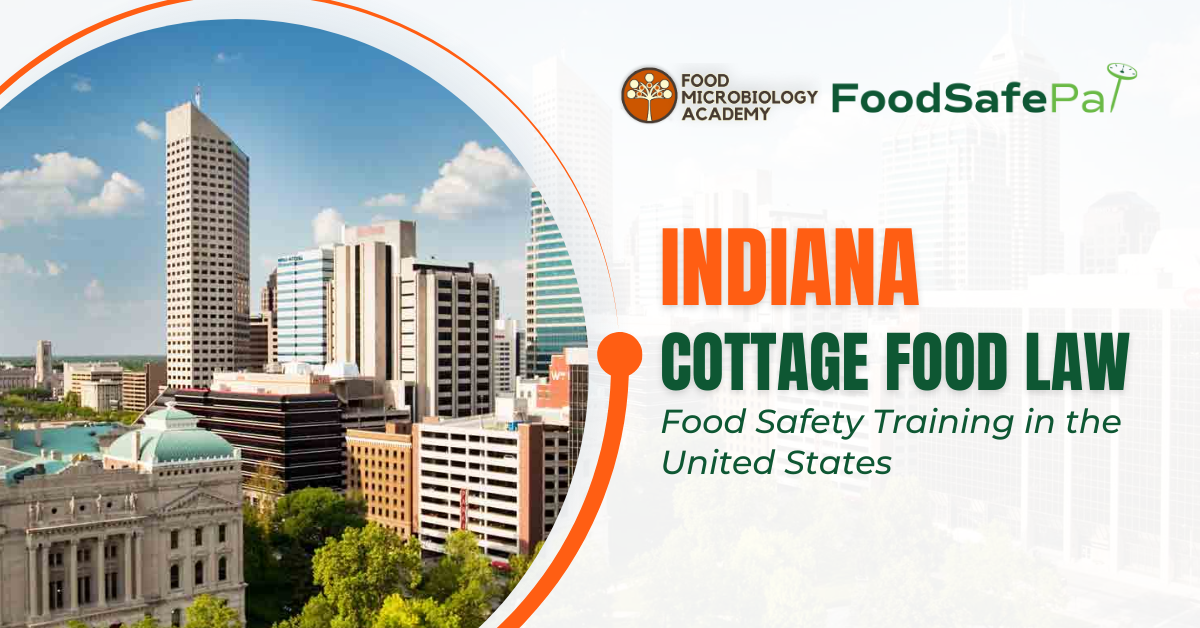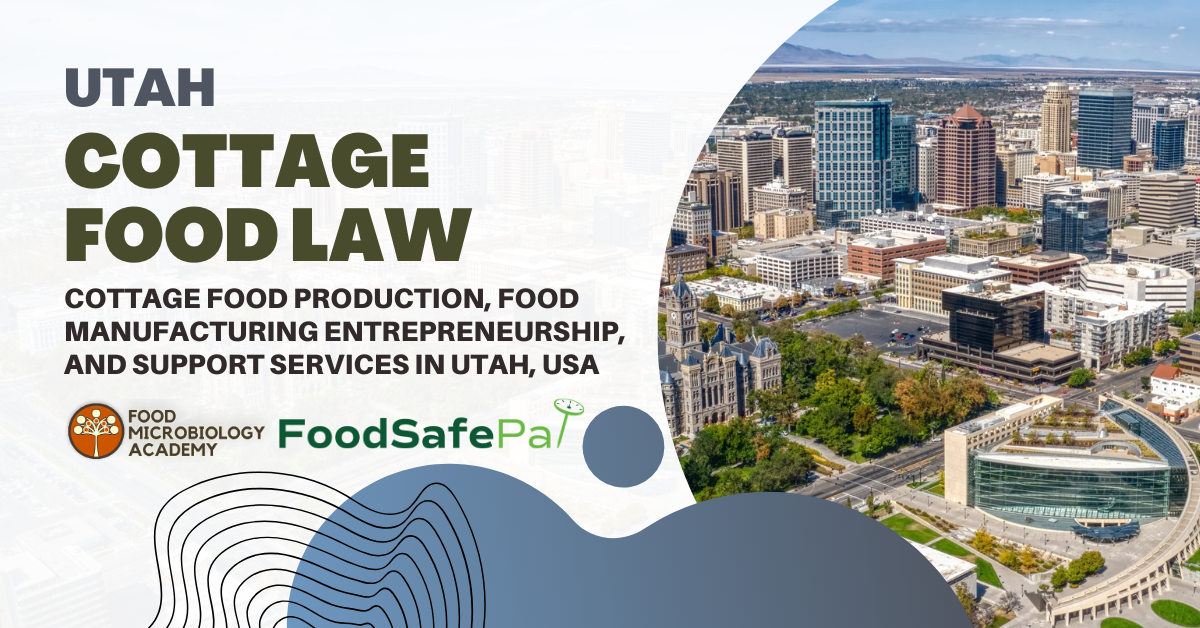Cronobacter sakazakii: A Deadly Pathogen with a Complex History
This blog article was created with Perplexity.ai, using the following prompt. The initial draft was only about 1 000 words long. Perplexity was then asked to double the length and include information on case histories. It then increased the word count by approximately 50%, as per below. Create a 2000 word blog article on Cronobacter sakazakii. Include information on history, taxonomy, when it changed name from Enterobacter, natural sources of this species, prevalence around the world, some notable outbreaks that are not linked to infant formula, while infant formula is such a common vehicle of infection, some typical case histories to show the clinical presentation and mortality rate, ways it can be controlled and options for treating the disease along with vaccination. Include cited sources of information. Cronobacter sakazakii is a foodborne pathogen that has gained significant attention in recent years due to its association with severe infections, particularly in infants. This comprehensive article delves into the history, taxonomy, prevalence, and clinical significance of C. sakazakii, as well as strategies for control and treatment. Historical Background The story of C. sakazakii begins in 1950 when a strain of Enterobacteriaceae was isolated from a tin of dried milk and deposited in England’s National Collection of Type Cultures (NCTC). This strain, designated NCTC 8155, would later be identified as C. sakazakii biogroup 1 and represents the earliest documented isolate of Cronobacter from a food source7. The first strain isolated from a human clinical specimen was in 1953, but it wasn’t until 1958 that the first documented case of neonatal meningitis occurred7. In 1961, Urmenyi and Franklin reported the first Cronobacter infection, though at the time it was misidentified as a yellow-pigmented Enterobacter cloacae. It wasn’t until 1980 that John J. Farmer III proposed the name Enterobacter sakazakii for this organism, honoring Japanese bacteriologist Riichi Sakazaki. This marked the beginning of a new era in understanding this pathogen and its impact on human health. Taxonomy and Reclassification For nearly three decades, from 1980 to 2007, Enterobacter sakazakii was considered a single well-defined bacterial species with 15 biogroups. However, advances in molecular biology techniques led to a significant taxonomic revision in 2007. The use of 16S ribosomal RNA gene sequencing, hsp60 sequencing, and polyphasic analysis revealed that E. sakazakii isolates actually represented distinct species. DNA-DNA hybridization and phenotyping confirmed these findings, leading to the creation of the new genus Cronobacter. The genus Cronobacter was named after Cronos, the Titan of Greek mythology who devoured his children as they were born – a grim allusion to the organism’s impact on infants. C. sakazakii became the type species of this new genus. Current Taxonomy Today, the genus Cronobacter contains 10 different species: The clinically relevant species can be divided into two groups: The other six species are primarily environmental commensals and appear to be of little clinical significance. Natural Sources and Prevalence C. sakazakii is naturally found in the environment and is particularly adept at surviving in low-moisture, dry foods. Common sources include: A meta-analysis of prevalence studies revealed that Cronobacter spp. are more prevalent in plant-related sources (20.1%, 95% CI 0.168–0.238) compared to animal-originated sources (8%, 95% CI 0.066–0.096)1. Alarmingly, a recent survey in the United States found that approximately 26.9% of homes were contaminated with C. sakazakii, particularly in kitchen settings. Common sites of contamination include: This widespread presence in the domestic environment creates clear opportunities for contamination of food and infant formula, potentially leading to foodborne illnesses. Notable Outbreaks and Case Histories While Cronobacter infections are often associated with powdered infant formula, outbreaks have occurred in various settings and age groups. Here are some notable cases and outbreaks: The Netherlands, 1977-1981 One of the first large series of neonatal infections was reported in the Netherlands, comprising eight cases of meningitis and sepsis over a 4-year period1. Reykjavik, Iceland, 1986-1987 Three cases of C. sakazakii infections in neonates were reported in Reykjavik, Iceland1: Case 1: A male born on March 18, 1986, after 36 weeks of gestation, with a birth weight of 3 144 g. Initially healthy, he was fed breast milk and powdered infant formula. On day 5, his health deteriorated, and C. sakazakii was isolated from spinal fluid and blood. Despite treatment with multiple antibiotics, the patient suffered severe neurological impairment. Case 2: A male born December 14, 1986, with Down’s syndrome, developed a C. sakazakii infection after being fed reconstituted powdered infant formula. Despite treatment, the patient did not survive. Case 3: A male twin born on January 6, 1987, developed a fever on day 6. C. sakazakii was isolated from cerebrospinal fluid samples. Oklahoma City, Oklahoma, 1981 A five-week-old male was admitted to the hospital with fever, grunting, and fatigue. C. sakazakii was detected in cerebrospinal fluid, blood, and urine samples. The patient was treated with antibiotics and discharged in good condition after 14 days1. United States, 2021-2022 Two recent cases highlight the ongoing threat of C. sakazakii infections2: Case 1 (September 2021): A full-term male infant developed fever, irritability, and excessive crying at 14 days old. C. sakazakii was isolated from cerebrospinal fluid. The infant was treated with intravenous antibiotics for 21 days and made a full recovery. Case 2 (February 2022): A preterm male infant in the neonatal intensive care unit developed apneic and bradycardic episodes, temperature elevation, and seizures at 20 days old. Despite treatment, the patient died 13 days after illness onset. Egypt, 2017-2018 A study conducted in Egypt reported 12 cases of neonatal sepsis caused by C. sakazakii out of 100 cases examined. This marked the first reported cases of C. sakazakii-induced neonatal sepsis in Egypt3. Infant iormula as a vehicle of infection Powdered infant formula (PIF) has been a common vehicle for C. sakazakii infections in infants for several reasons: In the 2021 case mentioned earlier, whole genome sequencing (WGS) revealed that the C. sakazakii isolate from the patient was closely genetically related (0 SNPs apart) to an isolate from the powdered formula consumed by the infant2. Clinical Presentation and Mortality Rate C. sakazakii







